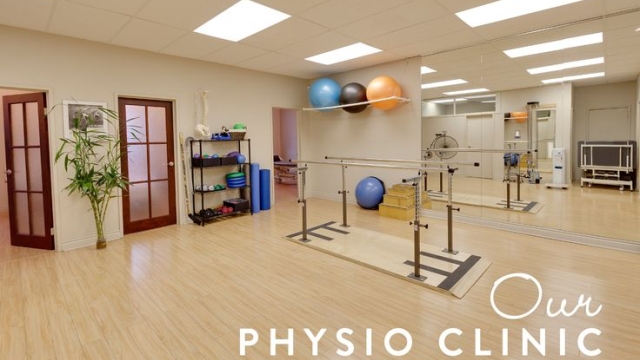
Physiotherapy is a field that encompasses the remarkable ability to facilitate healing and recovery through movement and exercise. It stands as a vital component of healthcare, aiding individuals in rehabilitating from injuries, managing chronic conditions, and optimizing their physical well-being. With a focus on restoring function and mobility, physiotherapy offers a personalized approach to wellness, tailored to each individual’s unique needs and goals.
Through the hands-on guidance of skilled physiotherapists, patients embark on a journey of rehabilitation that not only targets specific physical challenges but also addresses the overall quality of life. By harnessing the power of therapeutic techniques and specialized exercises, physiotherapy empowers individuals to regain strength, flexibility, and confidence in their bodies. This transformative process celebrates the resilience of human bodies and the profound impact that movement can have on one’s health and happiness.
History of Physiotherapy
Request A Callback
Physiotherapy has a rich history that dates back centuries. The roots of this practice can be traced to ancient civilizations such as Egypt, China, and Greece. In these early times, methods like massage, hydrotherapy, and exercise were utilized to treat various ailments and injuries.
During the late 19th century, physiotherapy as a formal discipline began to take shape. Pioneers like Sister Elizabeth Kenny and Per Henrik Ling made significant contributions to the field, developing innovative techniques and approaches to rehabilitation. This period marked the transition of physiotherapy from a set of traditional remedies to a structured and evolving profession.
In the 20th century, the role of physiotherapists became increasingly recognized within the healthcare system. World War I and II played a crucial role in shaping the field, as the demand for rehabilitation services for injured soldiers highlighted the importance of physiotherapy in restoring function and mobility. This era saw the establishment of formal education programs and professional associations dedicated to advancing the practice of physiotherapy.
Benefits of Physiotherapy
One of the key benefits of physiotherapy is pain relief. Through targeted exercises and manual therapy techniques, physiotherapists help individuals manage and alleviate various types of pain, whether it’s related to injuries, chronic conditions, or post-operative recovery.
Another important advantage of physiotherapy is improved mobility and flexibility. By working with patients to enhance their strength, balance, and range of motion, physiotherapists help individuals regain independence in their daily activities and prevent future injuries.
Moreover, physiotherapy plays a crucial role in promoting overall wellness and quality of life. With personalized treatment plans tailored to each individual’s specific needs, physiotherapists empower patients to achieve their health goals and optimize their physical function for a better, more active lifestyle.
Methods of Physiotherapy
Physiotherapists employ various treatment techniques to help patients recover from injuries and improve their overall well-being. One common method is manual therapy, where therapists use hands-on techniques to manipulate muscles and joints, reducing pain and improving mobility.
Another key method is therapeutic exercise, which involves customized exercise programs designed to strengthen muscles, improve flexibility, and restore function. These exercises are tailored to each patient’s specific needs and are crucial for promoting long-term recovery.
Additionally, physiotherapists may utilize modalities such as ultrasound, electrical stimulation, or heat therapy to complement other treatment approaches. These modalities can help reduce inflammation, alleviate pain, and enhance the body’s natural healing process.


